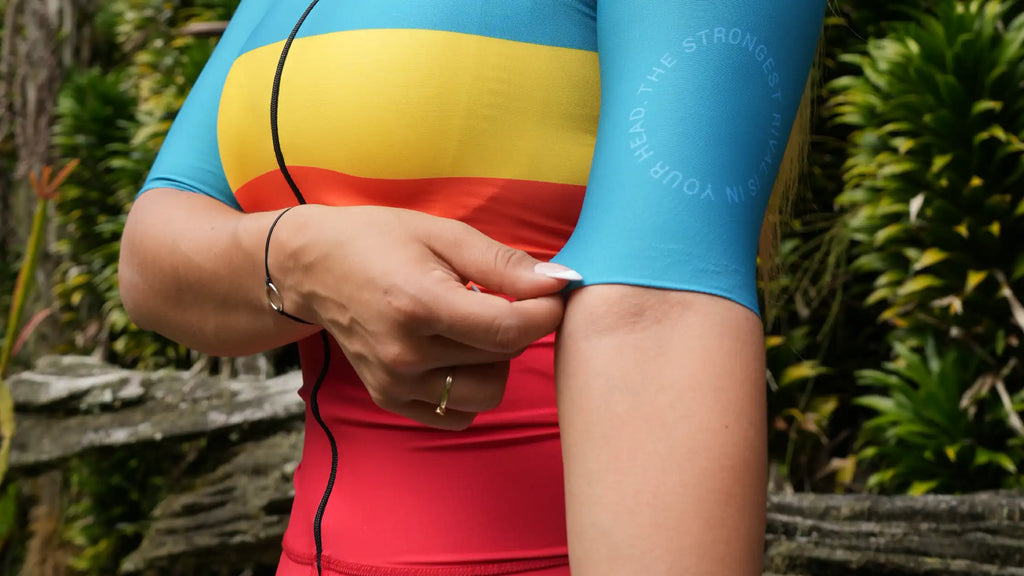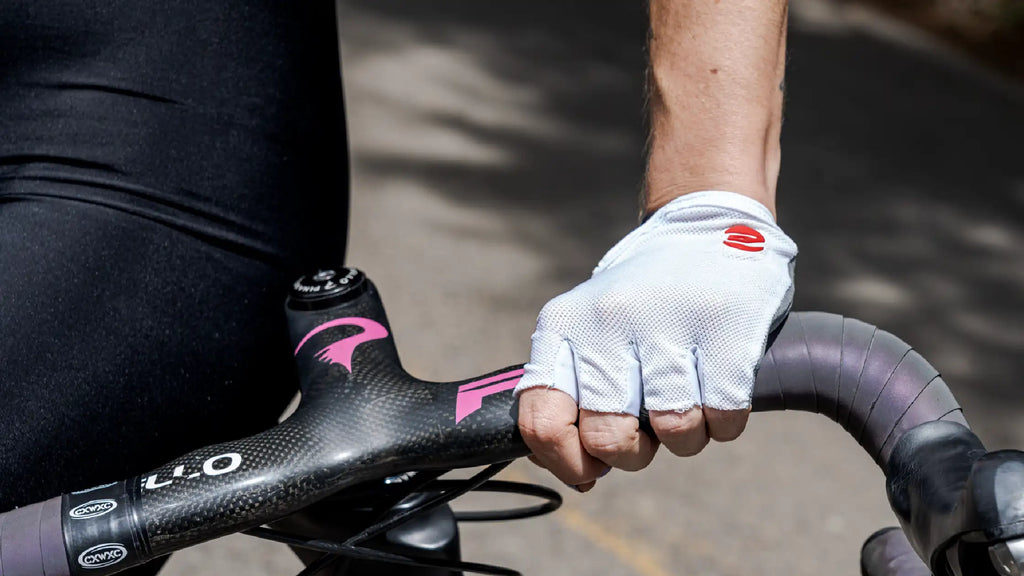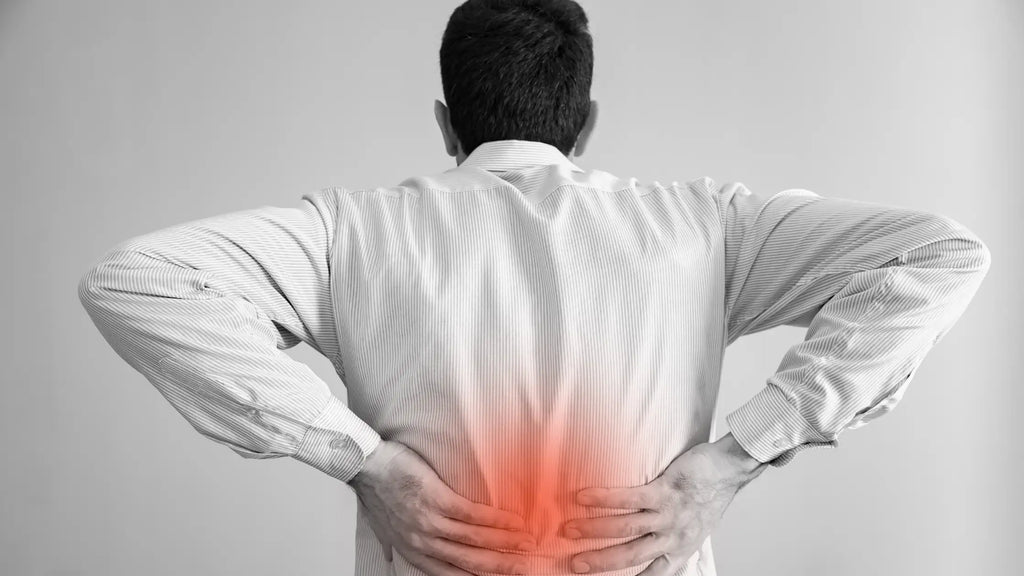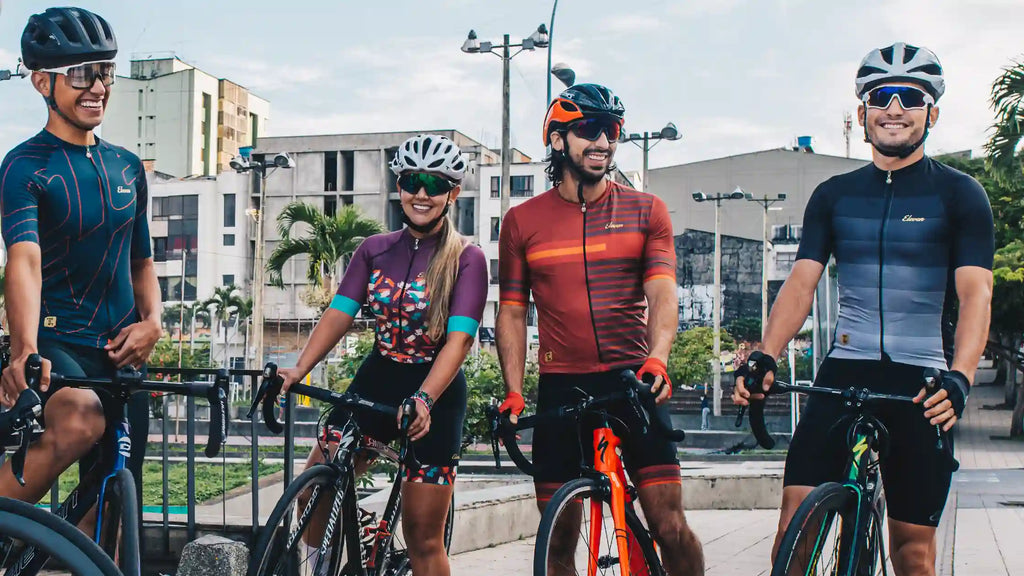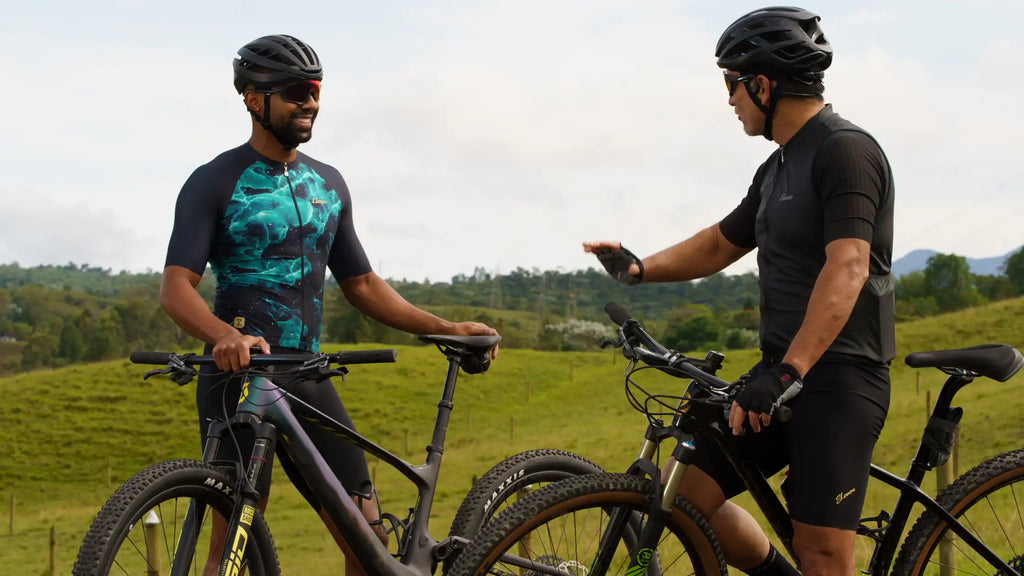
How to Prevent Common Cycling Injuries: Tips for Cyclists

Cycling is a rewarding physical activity that not only offers health benefits, but also a feeling of freedom and connection with the environment. However, like any sport, cycling carries risks of injury if not practiced with caution and attention. From acute pain to chronic problems, injuries can affect both new and veteran cyclists. In this article, we'll explore some of the common cycling injuries and provide practical advice on how to prevent them and stay in the saddle safely and comfortably.
1. Knee Injuries
The knees are one of the most stressed joints during cycling, as they support a large amount of force and repetitive motion. That's why injuries in this area are quite common among cyclists, ranging from minor discomfort to more serious conditions. Among the most common injuries are those related to tendons and joints.
-
Achilles Tendonitis
The Achilles tendon is crucial to the function of the calf muscles and their connection to the heel. Achilles tendonitis can arise due to overuse, repeated strain, or improper pedaling technique. Cyclists may experience pain and stiffness in the back of the ankle, which can limit their ability to pedal effectively.
To prevent Achilles tendonitis, it is important to warm up properly before cycling, as well as maintain a smooth and efficient pedaling technique. Also, make sure your cycling shoes are properly fitted to provide good heel support and prevent excessive ankle flexion during pedaling.
-
Chondromalacia patella
Chondromalacia patella is a condition in which the cartilage under the kneecap wears and deteriorates, causing pain and discomfort in the knee. Cyclists may experience this problem due to poor kneecap alignment, improper pedaling technique, or incorrect bike fit.
To prevent chondromalacia patellae, it is essential to maintain good knee alignment during pedaling and ensure that the height and angle of the saddle are adjusted correctly. Additionally, strengthening the thigh muscles and performing stretching exercises can help maintain kneecap stability and reduce the risk of injury.
-
Goosefoot Tendinitis
Pes pes tendinitis is an inflammation of the tendons on the inside of the knee, where several leg muscles attach. This condition can be caused by excessive tension on the tendons due to improper pedaling or poor bicycle alignment.
To prevent pes tendonitis, it is important to maintain a smooth pedaling technique and avoid overexertion of the leg muscles. Additionally, performing strengthening and stretching exercises for the leg and hip muscles can help improve stability and reduce the risk of injury.
-
Iliotibial Band Syndrome
Iliotibial band syndrome is a common injury among cyclists that is characterized by pain on the outside of the knee due to irritation of the iliotibial tendon. This syndrome can be caused by poor bicycle alignment, excessive mileage, or inefficient pedaling technique.
To prevent iliotibial band syndrome, it is important to perform strengthening and stretching exercises for the hip and leg muscles, as well as maintaining good pedaling technique. Also, make sure the saddle height and angle are adjusted correctly to avoid excessive strain on the iliotibial band.
-
Patellar Tendinitis
Patellar tendonitis is an inflammation of the tendon that joins the kneecap to the tibia, and is one of the most common injuries among cyclists. This condition can be caused by poor alignment of the kneecap, improper pedaling technique, or improper bike fit.
To prevent patellar tendonitis, it is important to maintain good knee alignment during pedaling and avoid overexertion of the leg muscles. Additionally, performing strengthening and stretching exercises for the thigh and hip muscles can help improve kneecap stability and reduce the risk of injury.
The Crucial Role of Wardrobe
One of the most effective ways to prevent these injuries and ensure comfort during your cycling routes is by paying attention to the clothing you use. This is where bib shorts come into play, a garment designed specifically for cyclists that offers a number of health and performance benefits.
The culotte is not just tight pants; Its design includes a chamois or pad integrated into the crotch, which plays a vital role by absorbing impacts and reducing friction between your body and the saddle. This pad is ergonomically designed to fit the rider's anatomy, providing support where it is needed most and minimizing pressure on sensitive areas such as the perineum and sit bones.
By using a shorts with a quality pad , you are protecting not only your intimate areas, but also your knees. The reduction in friction and cushioning provided by the pad helps prevent skin irritations and associated injuries, such as trochanteric bursitis or patellar tendonitis.
In addition to the shorts, another important element in the cycling clothing is the shoes. Proper footwear not only improves the efficiency of your pedaling, but can also influence the health of your knees. Make sure your shoes are properly fitted to avoid excessive foot movement, which could cause poor leg alignment and increase the risk of knee injuries.
2.Back Pain: Posture and Muscle Strengthening
Back pain is a common complaint among cyclists, especially those who spend long hours in the saddle. This discomfort can arise due to a combination of factors, including incorrect posture, improper handlebar position, and lack of muscle strength in the lower back and abdominal area.
To prevent back pain while cycling, maintaining proper posture is crucial. Adjust the height and angle of the saddle and handlebars to your individual needs, ensuring your back is as straight as possible while riding. Avoid excessive slouching or overextending your arms, as both postures can put additional pressure on your spine and back muscles.
In addition to correct posture, it is important to strengthen the muscles that support your back. Incorporate specific lumbar and abdominal strengthening exercises into your training routine , such as back extensions, sit-ups, and core stabilization exercises. A strong core provides stability to your spine and helps distribute the load evenly, thereby reducing stress on the lower back and preventing pain.
3. Wrist Problems: Handlebar Ergonomics and Correct Grip
The wrists are another area susceptible to injury when cycling, especially if the ergonomics of the handlebars are not adequate or if the incorrect grip is used while riding. Carpal tunnel syndrome and tendinitis are common conditions among cyclists that can cause discomfort and limit your ability to enjoy cycling.
To prevent wrist problems, pay attention to the ergonomics of your bike. Adjust the height and inclination of the handlebars to suit your physiology and riding style , avoiding positions that cause excessive flexion or extension of the wrists. Consider installing handlebars with a steeper upward slope or ergonomic shapes that reduce pressure on your hands and wrists.
In addition to handlebar ergonomics, practice different grip techniques while riding to distribute pressure evenly. Alternate between gripping the top of the handlebars, gripping the ends, or gripping the brake levers, depending on the situation and your personal preferences. This will help prevent excessive fatigue in your hands and wrists, thereby reducing the risk of long-term injury.
In conclusion, although cycling can be a demanding physical activity, with proper attention to our technique, equipment, and physical health, we can minimize the risk of injury and maximize our satisfaction and enjoyment on the bike. Let's keep our passion alive, but let's always remember to listen to our body and act accordingly to keep us pedaling for many more years.


